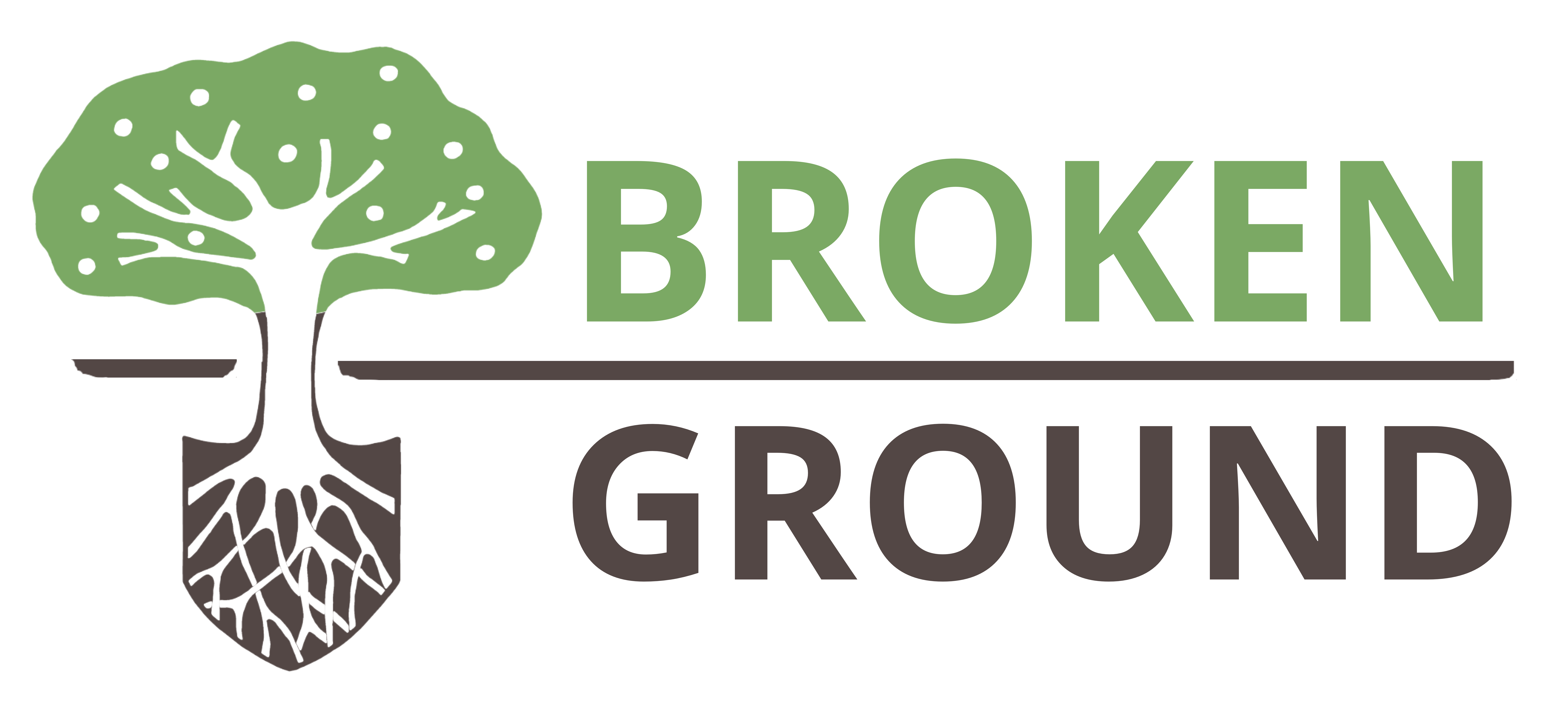If you’ve been following me for awhile, you know how much I love food forest systems. While growing tomatoes, peas, squash and other annual edibles is rewarding (and delicious!), there is a different feeling that you get from designing and planting a perennial ecosystem of plants.
When I plant things in my food forest, I’ve noticed that I take a different relationship to them because it’s a longer term commitment. I suppose the same can be said for long-term human relationships too :-). There is an unspoken agreement that we’ll check in with each other every season, accept feedback, I’ll provide compost, prune and care and in return, the plant itself will bloom or produce fruit or help build the soil.
But while people love the idea of wandering through a garden plucking pears off their trees or grabbing a handful of raspberries from their backyard, designing and installing a food forest is often an overwhelming task. Especially when it comes to the understory layers of the forest. In my video above, I give you a small tour of my pear tree guild. A guild is a beneficial assembly of plants around a central element, in this case, the pear tree. This video will help demystify the understory layer of a food forest and help give you ideas of what you might consider planting in your own food forest. You can also check out my earlier video below, where I describe my apple tree guild.
And, if you want even more guidance, check out my newly released How to Design your Cold Climate Food Forest eBook! In it, I go through my 5-Step process of designing a food forest along with providing you with species lists, implementation advice, common mistakes and much more.

